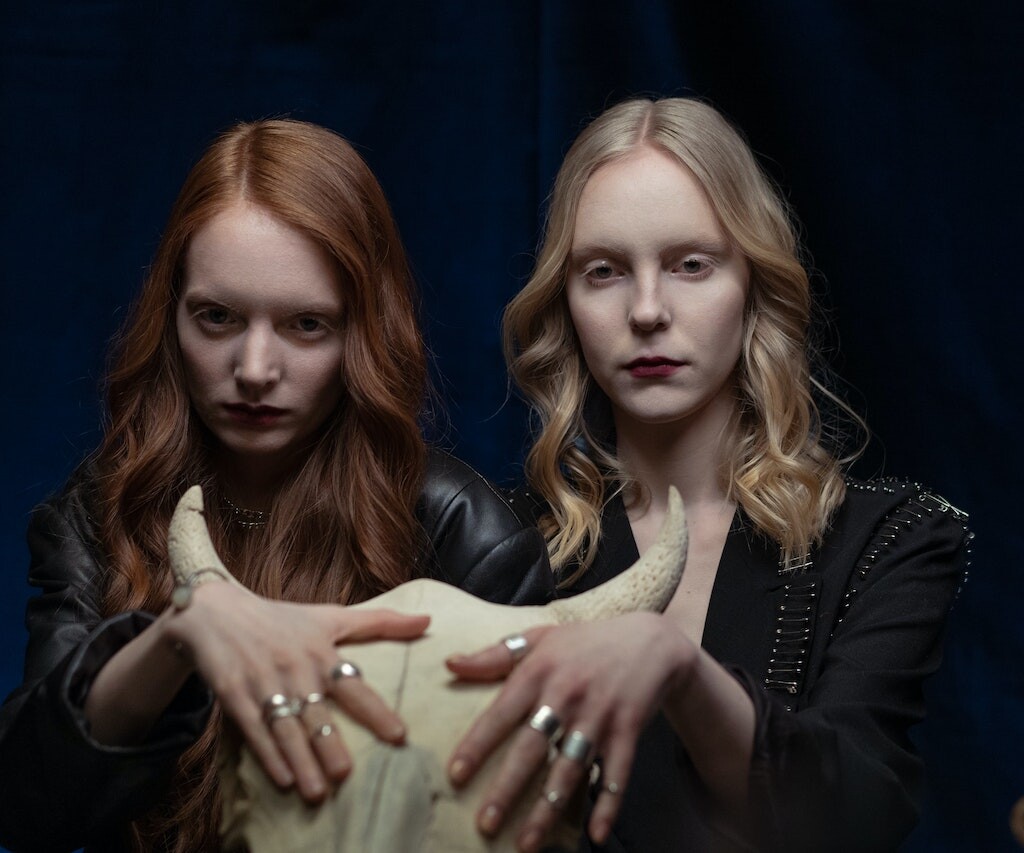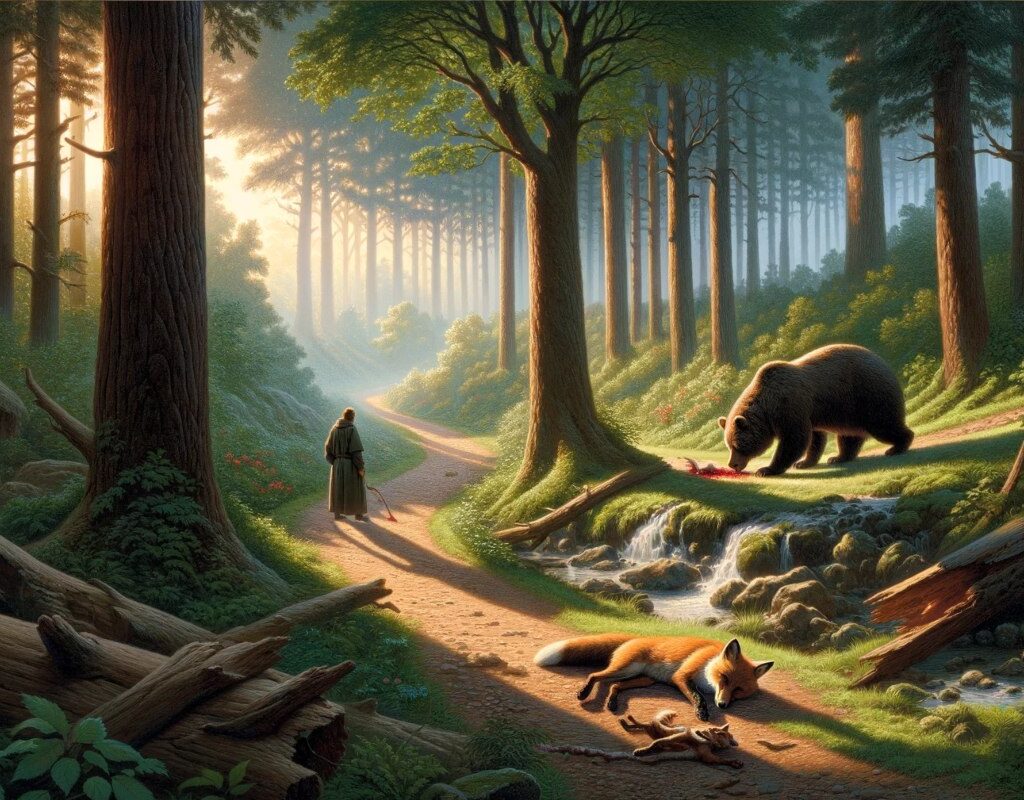The concept of occultism has long been associated with fashion. From the late 19th century to the present day, there has been a fascination with incorporating occult symbolism into fashion items and trends.
Unraveling the Mysteries of the Occult in Fashion: A New Dimension of Style
The term occultism encompasses a wide range of spiritual traditions, such as hermeticism, kabbalah, paganism and witchcraft.
These spiritual philosophies are often manifested in the form of symbols such as pentagrams, crescent moons and eyes. Today, occultism in fashion is seen as a way to express personal beliefs and values without having to talk about them out loud.
Occult symbology continues to gain popularity in the fashion world, so it is important to understand the cultural implications of wearing these types of symbols on clothing or accessories.
Occultism in fashion
In the fashion world, occultism can be seen through clothing designs that use symbols, colors and motifs associated with various occult practices, such as astrology and tarot.
This phenomenon began to gain momentum when designer Rick Owens launched his first collection featuring mystical symbols such as pentagrams and crescent moons.
Other designers have incorporated similar designs into their work, such as Alexander McQueen, who used alchemical symbols and Rei Kawakubo, fascinated by tarot cards. Gucci’s latest collections include pentagrams, zodiac signs and crescent moons in their garments.
The use of these symbols conveys messages about one’s identity without having to say anything; it’s an easy way to express individuality while remaining fashionable. It is an easy way to express one’s individuality while remaining fashionable.
For example, wearing a garment adorned with astrological signs indicates an interest in astrology or spiritual matters in general.
Some believe, for example, that these garments can act as talismans or amulets for protection against negative energy, which can be beneficial for those involved in activities such as black magic rituals or meditation practices where protection from outside forces is desired.
Esoteric practices in the fashion industry
Over the past decade, esoteric practices in industrial fashion have been on the rise.
From the use of astrology in trend forecasting to tarot card readings as part of fashion photo shoots, more and more designers are turning to alternative spiritual techniques as a way to express their ideas and create new aesthetic trends.
Astrology has become a key component of modern fashion.
Many companies employ astrologers or astrological consultants who use their knowledge of the stars and planets to predict upcoming trends and provide insights into design decisions.
In their collections, designers incorporate zodiac symbols into prints or generate garments inspired by seasonal influences.
Another common tool for inspiration in fashion design is tarot cards. Designers often consult the tarot before beginning a new project or collection, seeking guidance on how best to bring their creative vision to life.
Tarot spreads have been used in fashion shoots, providing a unique visual element that helps capture the essence of the designer’s work.
Combining traditional spiritual practices with modern fashion can create beautiful and innovative works that reflect both worlds. As more designers explore these esoteric methods, we will see increasingly creative designs emerge from this exciting fusion of two seemingly disparate worlds.
Fashion designers use esoteric elements to attract the attention of consumers, create a unique narrative for their brand and stand out from the competition. These elements can also be used to represent a deeper meaning or to reflect the designers’ culture.
Some examples:
Designer Christian Dior
Christian Dior, the renowned French fashion designer, is known for introducing the “New Look” concept in 1947. His designs revolutionized women’s fashion and were an immediate success. However, what many people don’t know about Dior is that he also believed in the occult.
His aunt, who practiced spiritualism and believed strongly in the power of supernatural forces, had a profound influence on Dior. He was exposed to the spiritual world from an early age and soon became interested in it. This led him to incorporate mysterious symbols into his designs.
The designer often used signs of the zodiac and images representing good luck and protection against evil spirits in his garments. In some of his garments, he included pentagrams, to which magical powers are attributed.
He also used crescent moons, which signify the power of intuition and healing energy and four-leaf clovers, which symbolize luck and fortune. Other Christian Dior symbols include stars, which represent hope and inspiration.
Essentially, what Christian Dior was doing was mixing elements of the occult into his fashion line to create unique garments that would bring good luck to those who wore them; however, he was also doing this for aesthetic purposes, as these symbols added visual interest to the garments he created.
Christian Dior’s fascination with the occult played a key role in shaping his iconic style, admired by many over the years.
Designer Jean-Paul Gaultier
Jean-Paul Gaultier is celebrated for his extravagant and unique designs, which are often inspired by the world of the occult. He is a designer acclaimed for his ability to combine traditional and avant-garde elements to create bold and timeless garments.
Gaultier’s fascination with the occult began in his childhood when he read books on mythology and spiritualism.
His interest in these themes has become increasingly evident in his designs over the years, with several collections including references to tarot cards, astrology and other esoteric symbols.
Gaultier has also incorporated images of pagan gods into his garments, as well as alchemical motifs such as two-headed eagles and serpents. This interest in the supernatural is also reflected in Gaultier’s choice of fabrics and materials.
For example, he often uses rich velvet or satin fabrics, which are associated with witchcraft or magical practices because of their deep tones and luxurious feel. He employs striking prints with esoteric imagery that further accentuates his interest in the occult.
The influence of the occult in Jean-Paul Gaultier’s work is undeniable, as he continues to explore dark themes in both his clothing designs and runway shows.
By incorporating these ancient symbols into modern fashion trends, Gaultier has created a unique aesthetic that appeals to traditionalists and fashion lovers alike.
Designer Cristóbal Balenciaga
Designer Cristóbal Balenciaga was a Spanish visionary whose work revolutionized the fashion world in the 20th century. He began his career in early childhood, as an apprentice in a tailor’s shop at the age of 12.
By 1917, Balenciaga had opened his own couture house in Spain and developed a unique style that would become known as “Balenciaga’s occultism.”
This style was characterized by the use of traditional elements of Spanish clothing, such as bolero jackets, long capes and flouncy skirts, which often featured intricate embroidery or heavy beading.
Bold silhouettes, exaggerated volumes and shapes and asymmetrical lines were also characteristic of this style. She often used layers of different fabrics to create depth and texture in her designs.
Dark colors, such as black or navy blue, were combined with subtle touches of pink or yellow to add contrast.
Aside from its extraordinary aesthetics, Balenciaga’s occultism had an underlying spiritual meaning that made it especially captivating to fashion critics and aficionados alike.
The designer himself explained that this spiritual element was due to the influence of Catholic beliefs from his native Spain combined with ancient tribal symbols from North African cultures such as Morocco and Algeria.
Thanks to this combination, Balenciaga’s work took on a unique mystical quality that set him apart from other designers of the time.
Today, Cristóbal Balenciaga’s legacy continues to be celebrated by modern fashion houses around the world, who incorporate elements inspired by his signature style into their collections season after season.
The influence of “Balenciaga’s Occult” is undeniable and will likely remain a key source of inspiration for years to come.




